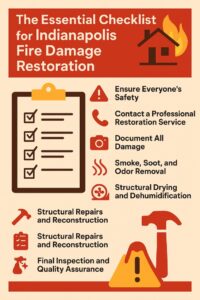In today’s rapidly evolving world, the need for privacy and accuracy in personal matters is more critical than ever. Two areas of significant importance are counter surveillance services and DNA paternity testing using hair samples. Both services address different aspects of personal security and accuracy, but they share a common goal: providing peace of mind through reliable and confidential results.
Understanding Counter Surveillance Service
Counter surveillance service are designed to detect and prevent unauthorized surveillance. In an era where digital and physical privacy breaches are increasingly common, these services play a vital role in safeguarding individuals, businesses, and organizations from invasive monitoring.
What Does Counter Surveillance Involve?
- Technical Surveillance Counter-Measures (TSCM): Experts use advanced equipment to detect hidden cameras, microphones, and other surveillance devices. This includes physical inspections and electronic sweeps of premises.
- Risk Assessment: Comprehensive evaluations are conducted to understand potential vulnerabilities. This helps in implementing effective countermeasures to prevent future breaches.
- Consultation and Training: Clients receive advice on best practices for maintaining privacy and are trained to recognize signs of surveillance.
Counter surveillance services are essential for those who face heightened privacy risks, such as corporate executives, high-profile individuals, and anyone involved in sensitive negotiations or situations.
DNA Paternity Testing Using Hair Samples
DNA paternity testing is another crucial service, particularly in resolving questions of biological relationships. Traditionally, such tests require a blood sample, but advancements have made it possible to use hair samples for accurate results. This method is especially useful when traditional sampling methods are not feasible.
How Does DNA Paternity Testing Hair with Hair Work?
- Sample Collection: Hair samples are collected, ideally with roots attached, as the DNA needed for testing is found in the hair follicle.
- Laboratory Analysis: The samples are analyzed in a laboratory to compare the DNA of the child with that of the alleged father.
- Result Interpretation: The analysis results provide a probability of paternity, with a high degree of accuracy.
Using hair samples for DNA testing is advantageous in situations where blood collection is impractical or when non-invasive methods are preferred. This method is widely used in legal disputes, family court cases, and personal verification.
The Intersection of Privacy and Accuracy
Both counter surveillance services and DNA paternity testing highlight the growing importance of privacy and precision in personal matters. While counter surveillance services protect against unwanted monitoring and intrusion, DNA paternity testing ensures clarity and accuracy in establishing biological relationships.
In a world where personal security and accuracy are paramount, these services provide essential solutions. Counter surveillance helps maintain privacy and safety, while DNA testing offers peace of mind through scientific validation. Whether you’re concerned about potential surveillance or seeking confirmation of paternity, both services are integral in managing and protecting your personal and familial interests.
Conclusion
Navigating the complexities of personal privacy and family relationships requires reliable services that offer security and accuracy. Counter surveillance services help safeguard your privacy from external threats, while DNA paternity testing using hair samples provides clear, accurate answers in family matters. By understanding and utilizing these services, you can better protect your personal information and ensure the integrity of your familial connections.









